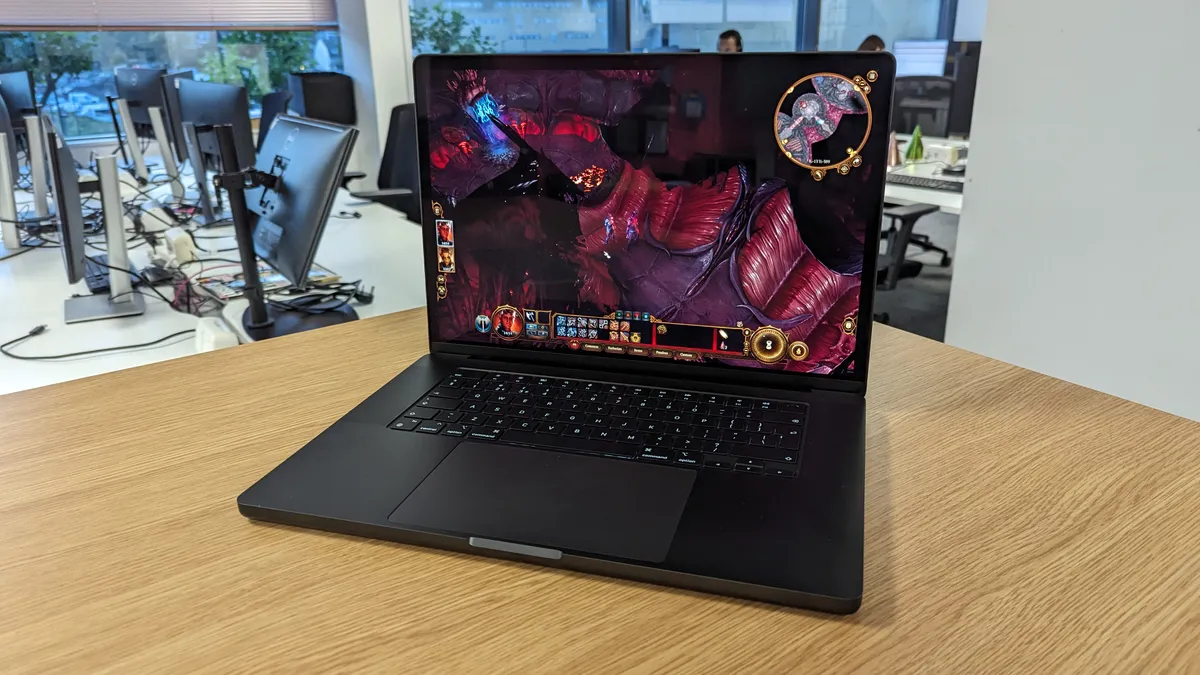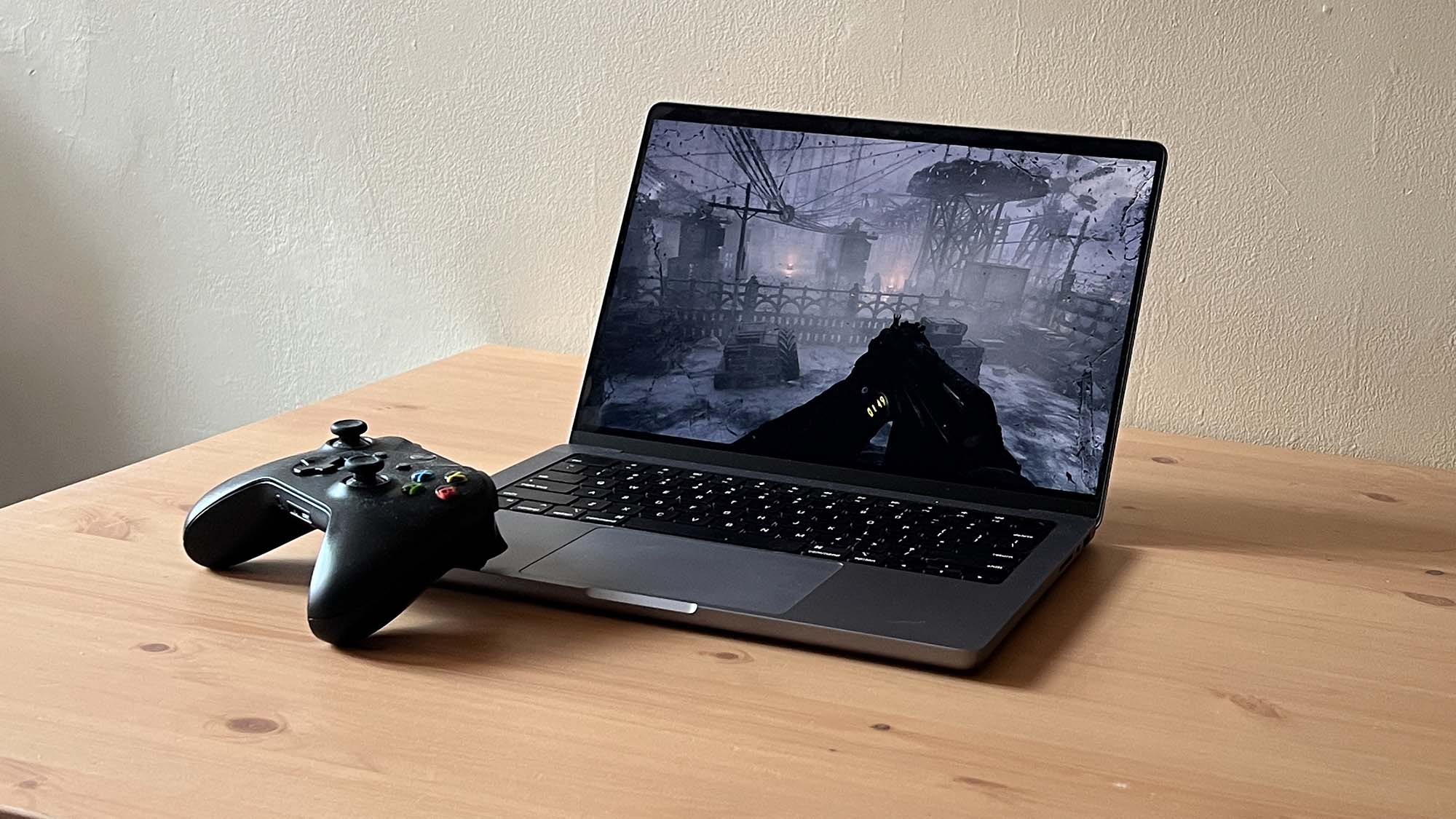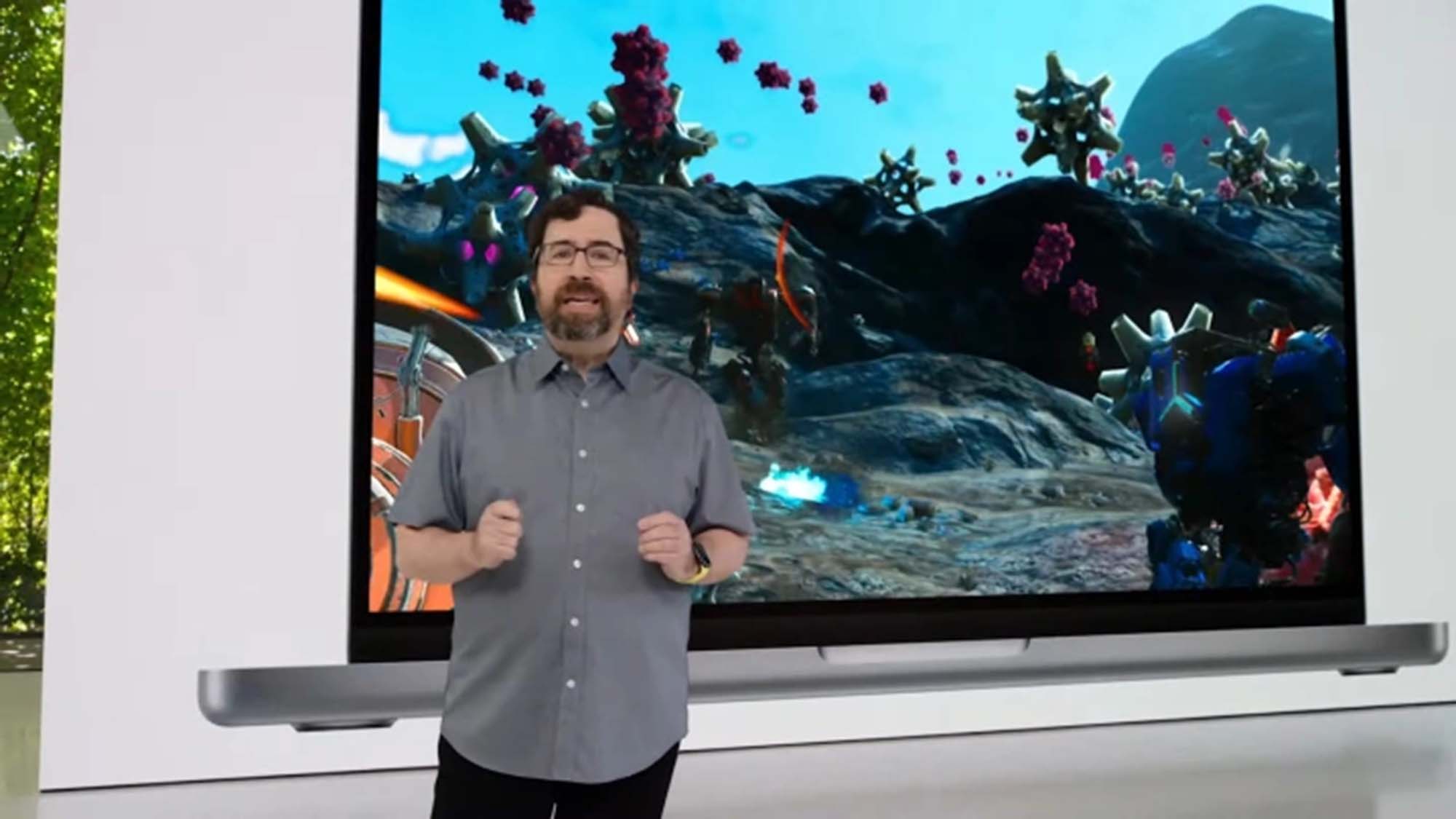The Apple M3 chip could revolutionize how we view integrated graphics
The Apple M3 chip is a much bigger deal than many gamers realize

The Apple M3 chipset was recently unveiled last month with the hotly anticipated processor generation now available in three forms inside of the Californian hardware giant’s latest line of desktops and laptops. With the M3, M3 Pro, and M3 Max all released at the same time inside of the latest iMac 24-inch and MacBook Pro line, there’s a major focus on increased generational performance and this extends to the gaming potential.
As expected, there’s the usual generational architectural improvements with the Apple M3 chip over its predecessors with the company claiming a lead of up to 30% over M2 and 50% faster than M1 with the efficiency cores baked onto the chip. But what we’re more interested in are the performance cores and what the latest line of Apple hardware can do when it comes to gaming performance. It all comes down to the newly designed GPU which features dynamic caching, mesh shading and even hardware-accelerated ray tracing for the first time.
The Cupertino company claims that this new GPU is the “the largest leap forward in graphics architecture for Apple silicon” and that’s a bold claim considering the developments made with the ARM processors over the last three years. Dynamic Caching is the main attraction here as the new process deviates from what we typically think of from the traditional performance of the best graphics cards. That’s because the new tech scales with the exact amount of memory needed for a task which could increase the potential utilization for gaming and hardware-intensive productivity.

Improved gaming performance on Mac
Ray tracing on Mac is a massive development with the M3 chips able to utilize techniques such as ray traced reflections and ray traced shadows. It’s not quite Apple’s first foray into the tech as a whole, as it’s present in the iPhone 15 Pro and the iPhone 15 Pro Max, however, the higher core count and clock speeds of the ARM-based M3 over the A17 Pro mean the computers will be able to do it better.
Hardware-accelerated mesh shading is another way that the Apple M3 chipset makes steps towards more efficient and powerful gaming performance. Combined with the real-time ray tracing, this tech means better textures in tandem for better overall graphical presentation than what was previously possible with M1 and M2-powered machines. This is all slated to work with half the power as opposed to the M1 chip with up to a 65% performance boost for a mixture of increased performance with less of a power draw.
The Apple M3 chip features 25 billion transistors which is a 20% increase from Apple M2’s 20 million transistors. That’s running with an 8-core CPU (four performance and four efficiency) with a 10-core GPU at the most basic level. We’re already starting to see more graphically intensive titles debuting on Mac with the likes of Resident Evil Village and Lies of P available on Apple’s computers, and upcoming behemoths such as Death Stranding not too far behind either.

Apple’s continued embrace of gaming on Mac
Despite having been released back in 2019, Death Stranding remains incredibly visually impressive with its level of geometric detail and the character models specifically. While the game, as with the others mentioned above, will run to some extent on the M1 chip, meaning MacBook Air M1 and MacBook Pro M1 users won’t be missing out, you’ll be getting the best gaming experience with an M3-enabled device. Three years after Apple started developing its own ARM-based silicon, more big releases are coming to the platform, with this year seeing the biggest push to date.
Get daily insight, inspiration and deals in your inbox
Sign up for breaking news, reviews, opinion, top tech deals, and more.
When we consider some of the best Mac games available from the likes of Steam and Epic, they have tended to be less demanding titles or scaled down ports. Think the likes of Disco Elysium, Celeste, Superhot, Katana Zero, The Sims 4, and Hades; all great titles in their own right, but not exactly pushing the hardware to its limits. Now that Apple is free from being bound to Intel hardware, the new ARM-based APU can flex a lot more.
Earlier this year we saw the likes of No Man’s Sky and Layers of Fear hit the platform with the likes of the Resident Evil 4 remake on the way in the near future. It seems as though more big budget developers are taking a chance on Apple hardware, and given the developments made with Apple’s M3 chip, there looks to be all the power needed to provide more than just a playable and passable gaming experience.
With Apple M3 chip’s increased processing power, real-time ray tracing and mesh shading, there’s the potential for the porting of titles from Windows over to the ARM-based APUs under Apple’s umbrella. The tech is there, it now just depends on which developers utilize the latest innovations to bring their experiences over to more people. It’s an exciting prospect, as it can mean that even the base model MacBook Air could have some gaming potential rivaling that of the likes of Intel Arc laptops and cheap gaming laptops.

Formerly TechRadar Gaming's Hardware Editor, Aleksha McLoughlin is now a freelance writer and editor specializing in computing tech, video games, and E-commerce. As well as her many contributions to this site, you'll also find her work available on sister sites such as PC Gamer, GamesRadar, and Android Central. Additionally, more of her bylines can be found on Trusted Reviews, Dexerto, Expert Reviews, Techopedia, PC Guide, VideoGamer, and more.